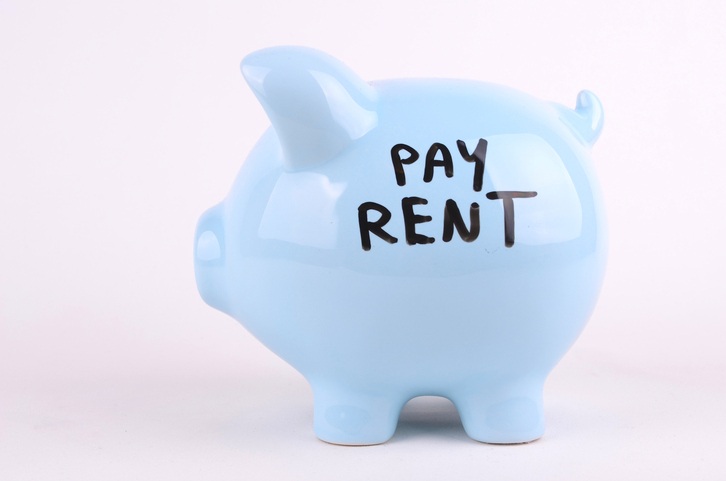Home » Uncategorised »
Rents are Falling as a Proportion of Tenants’ Income, RLA Insists
This article is an external press release originally published on the Landlord News website, which has now been migrated to the Just Landlords blog.

The proportion of tenants’ income spent on rent in the private rental sector has dropped from an average of 35.4% in 2010/11 to 32.9% in 2017/18, the Residential Landlords Association (RLA) is pointing out.
Including income from housing benefit, over the same period, the amount of tenants’ income used for rent on social housing has risen from 26.7% to 28.0%.
These figures, from the English Housing Survey for 2017/18, highlighted by the RLA, show that, over the ten years between 2008/09 and 2017/18, the average weekly rent price across England (excluding London) in the private rental sector increased by 22%, which is almost half of the 43% rise in social rents.
In London, private rents grew by an average of 34%, compared to 55% in the social rental sector.
The data arrives as the Office for National Statistics (ONS) has reported that rents are falling in real terms, and the Government’s 2018 English Private Landlord Surveyfound that 70% of landlords kept their rent prices the same when they most recently renewed a tenancy, showing that landlords prioritise keeping good tenants for the long-term.
The RLA is warning of the risks now posed to improved affordability in the private rental sector as a result of changes, such as those to benefits and increased taxation driving landlords out of the market.
The Government’s statistics show that over 15% of private landlords in England, representing more than 23 of all tenancies in the country, plan to either decrease the number of properties that they let or leave the sector altogether. Of this group, almost 70% said that it was due to legislative changes, including the phased reduction of mortgage interest reliefto the basic rate of Income Tax and the 3% Stamp Duty surchargeon the purchase of additional properties.
This reduction in the supply of private rental housing comes at a time when demand for new rental homes shows no sign of abating, with the Royal Institution of Chartered Surveyors (RICS) reporting that demand “remains more or less steady”.
Alan Ward, the Chair of the RLA, says: “This data shows that the private rented sector is becoming more affordable, demonstrating the folly that forms of rent controls would be. We cannot, however, be complacent.
“The danger signs are there. Tax increases are choking the supply of homes to rent. Landlords like to keep their tenants who benefit from lower or no rent increases when tenancies are renewed, but fewer homes for rent means less choice for new tenants.”
He believes: “We need positive, pro-growth taxation that supports landlords investing in the new homes to rent the country desperately needs.”




